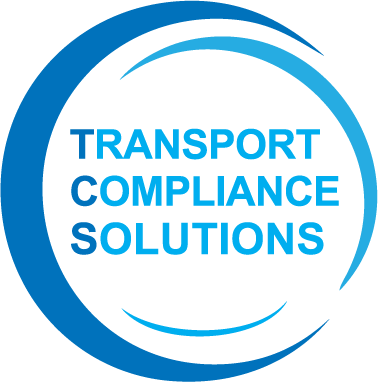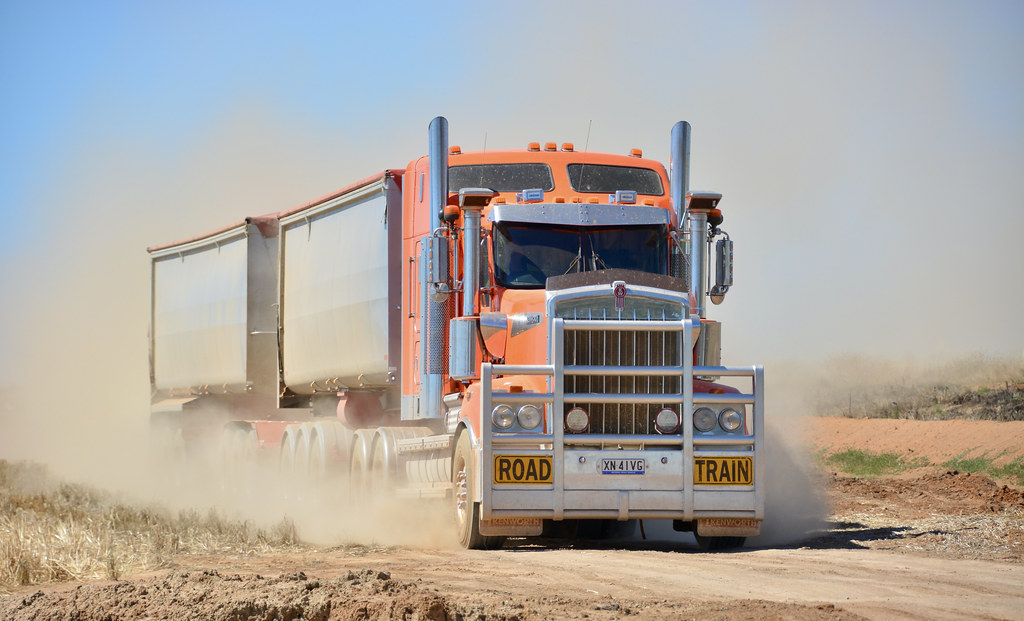 CoR
CoR
Chain of Responsibility
Chain of Responsibility is a part of Heavy Vehicle National Law
The legislation that makes it clear that any person or company who can exercise control or influence over any aspect of a transport task, has a legal accountability and responsibility to ensure compliance with National Heavy Vehicle Law.
The law states that all parties have a shared responsibility to take all steps that are reasonably practicable to mitigate risks that may arise during a transport activity and enforce safety measures in terms of the road laws as far as reasonably practicable
So what does this mean?
This means that is something goes wrong and a transport law is broken, everyone in the supply chain, including loaders, drivers, supervisors, schedulers and managers may be held accountable.
Effectively, if anyone in he supply chain is involved in a breach of the law, they could be prosecuted.
It is important that businesses understand their CoR Responsibilities.
What can Transport Compliance Solutions offer
A comprehensive CoR Compliance Gap Analysis using our Gap Analysis Tool to give you insight into your compliance gaps.
CoR Training for those involved in activities affected by CoR and HVNL
CoR Management Systems to ensure your responsibilities are met.
Mass
Loads must be within legal gross vehicle and axle load limits either generally or under any permit or notice and within the maximum load mass of any freight container.
Fatigue Management
Vehicles may only hit the road when drivers are not adversely affected by fatigue and are within their maximum permitted driving hours, either generally or under fatigue accreditation scheme.
Dimension
Loads must be within maximum legal height, lenght and width and within overhang limits, either generally or under any permit or notice.
Load Restraint
Loads must be secured within freight containers and within or on vehicles so they do not make the vehicle unstable or unsafe and are secure and not likely to shift or fall out of or off the vehicle.
Speed Management
All journeys must be capable of being completed and actually completed within legal speed limits.
Vehicle Maintenance
All vehicles must comply with any applicable heavy vehicle standards at all times and be properly maintained and roadworthy.
Contact us today to discuss how we can support your transportation business.
Transport compliance refers to adhering to the laws, regulations, and standards set by Australian authorities in the transportation industry. It ensures that vehicles, drivers, and operations meet safety, environmental, and legal requirements.
In Australia, transport compliance is regulated by various bodies depending on the mode of transportation. For road transport, the National Heavy Vehicle Regulator (NHVR) and state/territory road agencies are responsible. For aviation, the Civil Aviation Safety Authority (CASA) oversees compliance, and for maritime transport, the Australian Maritime Safety Authority (AMSA) is the regulatory authority. |
The NHVR is responsible for regulating heavy vehicles over 4.5 tonnes gross vehicle mass (GVM) in participating states and territories. They enforce laws related to vehicle standards, driver fatigue, mass and dimension limits, and more. |
Transport compliance covers a range of aspects including vehicle safety standards, driver licensing and qualifications, roadworthiness inspections, load restraint requirements, hours of service regulations, dangerous goods transportation, and more |



